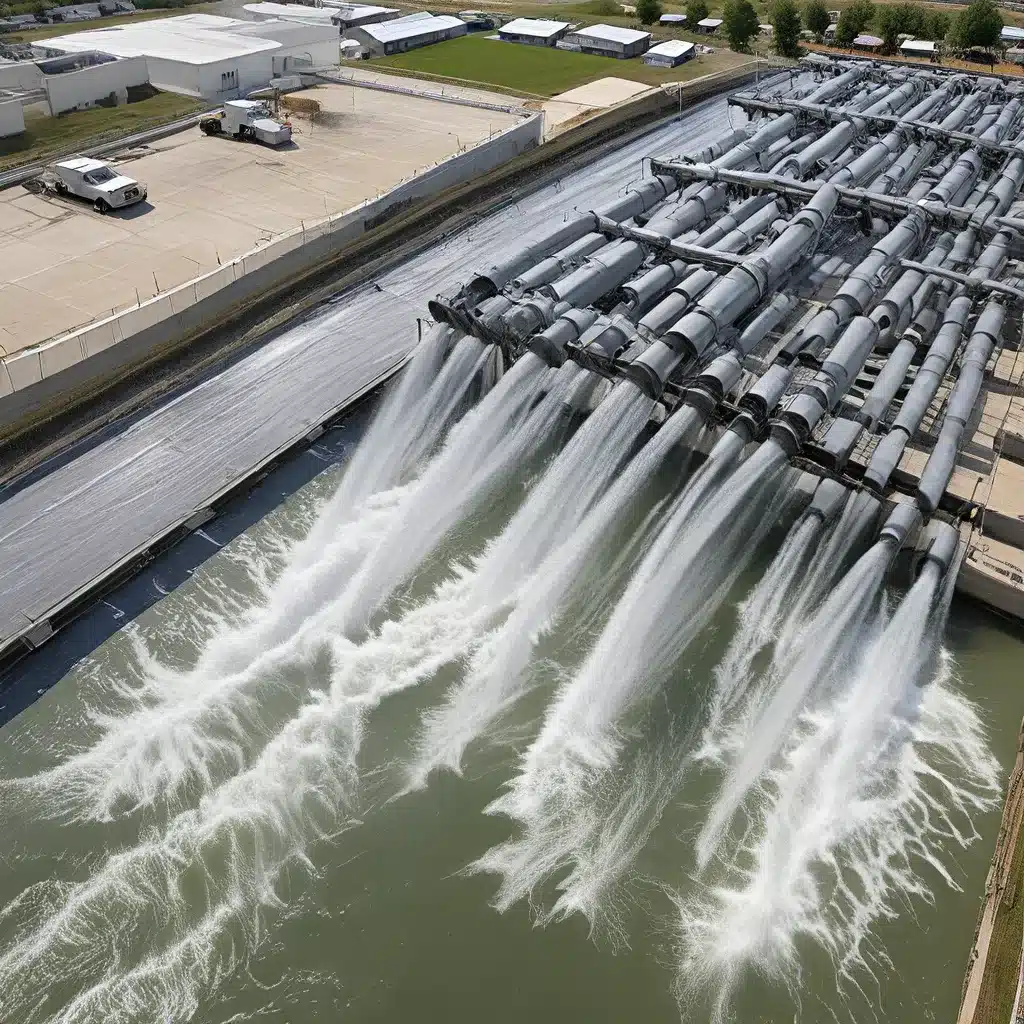
Bracing for the Unexpected: Water Treatment in Times of Crisis
As the ground rumbles beneath my feet, I can’t help but feel a twinge of unease. The air is charged with an electricity that sets my nerves on edge. I know what’s coming – a tsunami, a force of nature that can sweep away entire communities in a matter of minutes. But I also know that I’m not powerless in the face of this impending disaster.
You see, I work for Inland Waters, a company that specializes in water treatment and environmental services. And when it comes to unpredictable emergencies like this, we’ve got a few tricks up our sleeves. Let me tell you a story that just might change the way you think about the humble water treatment plant.
Riding the Waves of Change
It was a typical day at the office, or at least, as typical as things can get in our line of work. We were monitoring the usual data streams, keeping a close eye on water quality and infrastructure across the region. But then, the alerts started rolling in – a major earthquake had struck just offshore, and the tsunami warning sirens were blaring.
I remember the adrenaline rush as we sprang into action, activating our emergency response protocols. Our team of water treatment experts mobilized, ready to deploy the specialized equipment and procedures we had developed for situations just like this. We knew that time was of the essence, and every minute counted.
Taming the Torrent
As the tsunami waves began to batter the coastline, our crews were already on the ground, setting up mobile water treatment units and coordinating with local authorities. These compact, self-contained systems were designed to quickly and efficiently purify large volumes of water, even in the most challenging conditions.
Research has shown that effective water treatment during emergencies is crucial not only for maintaining public health, but also for supporting the overall recovery and resilience of affected communities. Our teams knew this all too well, and they worked tirelessly to ensure that clean, safe water was available to those in need.
But the challenges we faced were far from simple. The tsunami had wreaked havoc on the local water infrastructure, contaminating supplies with debris, saltwater, and a host of other pollutants. Our treatment systems had to be able to handle it all – from removing heavy sediment to neutralizing harmful chemicals and pathogens.
Adapting to the Unpredictable
As we battled the turbulent waters, I couldn’t help but marvel at the ingenuity of our team. They were like virtuoso conductors, orchestrating a symphony of complex processes and technologies to tame the chaos. Flocculation, sedimentation, filtration, and disinfection – these were the tools of our trade, deployed with precision and skill.
And let’s not forget the power of mobile desalination units, which allowed us to transform saltwater into potable supplies in record time. Research has shown that these innovative technologies can be a game-changer in coastal regions prone to tsunami-induced saltwater intrusion.
But the real magic happened when we combined these various treatment methods, tailoring our approach to the unique challenges of each situation. It was like a high-stakes game of Tetris, with our experts perfectly aligning the right tools and techniques to overcome even the most daunting obstacles.
Resilience in the Face of Adversity
As the waters began to recede and the initial chaos subsided, I couldn’t help but feel a sense of pride in what we had accomplished. Our water treatment solutions had played a vital role in supporting the recovery efforts, ensuring that communities had access to the clean, safe water they so desperately needed.
And the best part? We were just getting started. Because when it comes to unpredictable emergencies, the team at Inland Waters knows that preparedness is key. That’s why we’re constantly researching, innovating, and fine-tuning our water treatment capabilities, always ready to adapt and respond to the next challenge that comes our way.
So, the next time a natural disaster strikes, take comfort in the knowledge that there are dedicated professionals like us, standing ready to tame the turbulence and ensure that clean, reliable water is there when you need it most. After all, the Red Cross says it best: “Tsunamis can flood more than a mile inland, but we can take action to prepare.”
And that’s exactly what we at Inland Waters are here to do. So, let’s ride the waves of change together, and emerge stronger than ever before.


